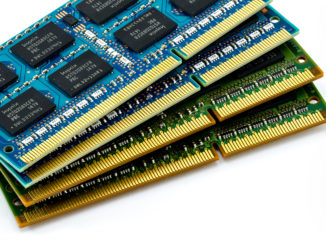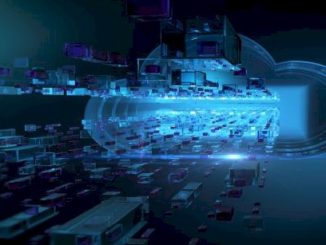
Cloud Builders Navigate A Sea Of Economic Uncertainty
In recent years, when the economy became unstable, enterprises tended to look to the cloud as a safe haven. …

In recent years, when the economy became unstable, enterprises tended to look to the cloud as a safe haven. …

A long time ago, when we first started The Next Platform, Urs Hölzle, then senior vice president of the Technical Infrastructure team at Google, told us that to gain a 20 percent improvement in price/performance it would absolutely change from the X86 architecture to Power architecture – or indeed any other architecture – and even for one generation of machines. …

Dynamic allocation of resources inside of a system, within a cluster, and across clusters is a bin-packing nightmare for hyperscalers and cloud builders. …

For a company that has been so enthusiastic about designing and building its own infrastructure and datacenters, Meta Platforms, the parent company to Facebook as well as WhatsApp and Instagram and one of the champions of the metaverse virtual reality a lot of us first read about in Burning Chrome, sure has not been building its own AI supercomputers lately. …

Wouldn’t it be funny if Google ends up being the stalwart supporter of the X86 architecture among the hyperscalers and cloud builders? …

At some point, if Microsoft has its way, a substantial amount of computing that enterprise end users do on PCs could end up running in the cloud, and that could have a dramatic effect on the depth and breadth of the Azure cloud. …

When people think of supercomputers, they think of a couple of different performance vectors (pun intended), but usually the first thing they think of is the performance of a big, parallel machine as it runs one massive job scaling across tens of thousands to hundreds of thousands of cores working in concert. …

Microsoft has been among the first to build and operationalize clusters based on AMD’s Milan-X processors, which were formally announced this morning. …

Microsoft is intent on bending the supercomputing set its direction. Instead of just focusing on competing with other public clouds, they’re aiming directly at on-prem HPC, showing comparable or better performance to existing top 10 supercomputers, for example. …

As supercomputer centers have long known and as hyperscalers and cloud builders eventually learned, the larger the cluster, the greater the chance that one of the many components in the system will fail at any particular time. …
All Content Copyright The Next Platform